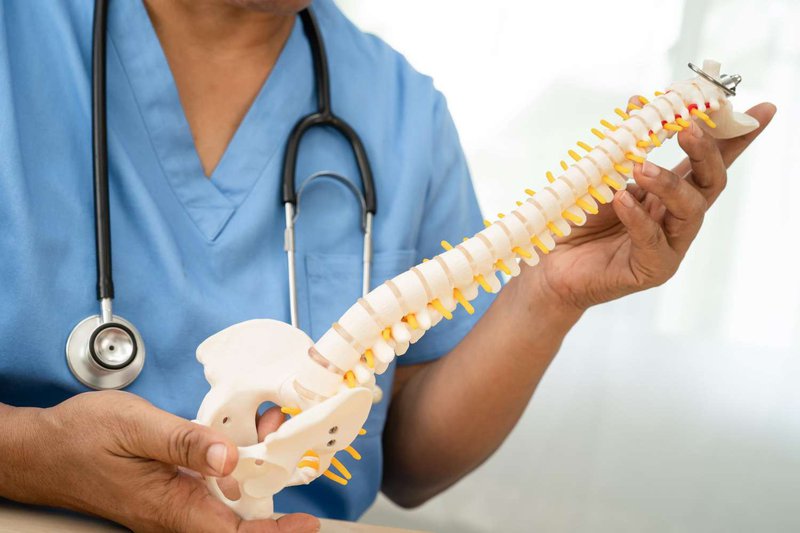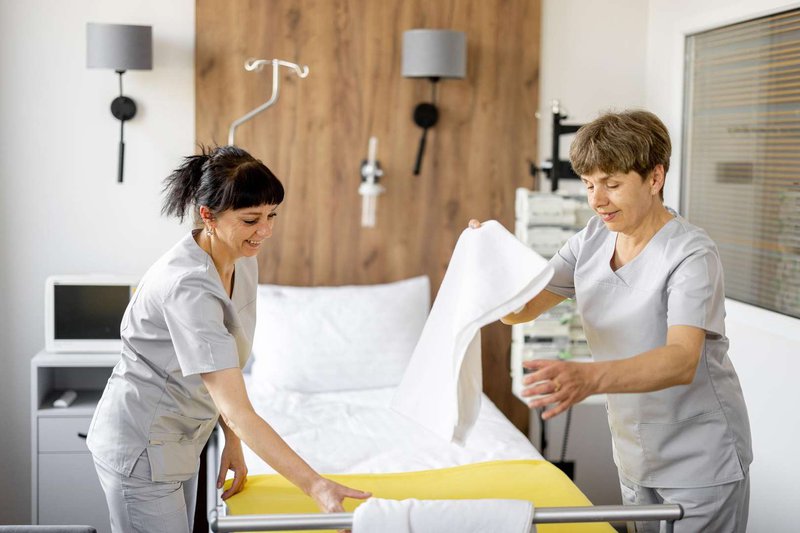
The best methods of spine surgery: advanced technologies and fast rehabilitation
Learn about modern approaches to spine treatment in Germany, including 3D printing of navigation templates and minimally invasive surgeries. Discover the advantages of German clinics.
Modern hospitals for the treatment of the spine in this country use new surgical approaches and technologies. They allow performing operations with more reliable results, less traumatic methods, with rapid rehabilitation, with the preservation of mobility and stability of the spine, a low risk of developing a disease of adjacent segments. To avoid complications, chronic back pain, degenerative processes at adjacent levels and other problems, you can use the services of specialists in the field spine surgery in germany. In this publication, we will provide several examples that explain why the advanced spine treatment methods used in local clinics are better than the outdated 20th century methods that are still used in countries with low levels of medicine.

3D Printing Technologies
The best spine clinics use 3D printing of navigation templates to improve the safety of surgeries.
Many spine surgeries, such as hernia removal or spinal stenosis treatment, require transpedicular fixation. Doctors use rods that hold the vertebrae together. But to install the supporting elements, it is necessary to form an intraosseous route. It passes through the pedicle and the base of the vertebra. The doctor is unable to see these structures in the wound, which can lead to accidental perforation of the bone route wall. As a result, instability of the metal structure with the development of complications.
An innovative method of spine treatment using 3D printing of navigation templates helps to solve this problem. They are made using a digital model obtained using multispiral computed tomography. Installing screws through such templates is safe even in the mobile cervical spine.

Minimally invasive treatment of spinal stenosis
The standard method of treating stenosis is an open operation with an incision and division of the muscles, removal of the vertebral arches on one or both sides.
But in modern clinics in developed countries, stenosis is treated using a minimally invasive method. This operation is no less successful and allows you to preserve the vertebral arches. Their removal is usually not required, since stenosis is associated with other anatomical structures: hypertrophy of the facet joint or yellow ligament, as well as protrusion of the intervertebral disc.
Doctors here use unilateral bipolar endoscopic spine surgery (Unilateral Biportal Endoscopy, UBE). They make only two short incisions: through one they insert a tiny video camera with lighting (viewing port), through the other - surgical instruments. Excess tissue is excised, and after the operation, the symptoms of stenosis go away.
Endoscopic surgical interventions are no less effective than traditional open surgeries and at the same time have many advantages:
- Lower risk of damage to nerve structures due to high-quality images with the ability to zoom
- A wide viewing angle through the endoscope allows tissue removal from the other side without additional surgical approaches, which reduces the trauma of the operation
- No need for muscle separation and dissection, muscle atrophy is excluded and long-term rehabilitation is not required
- A minimal amount of tissue is resected, so the stability of the spine is not affected
Maintaining spinal mobility
In spinal surgery in this country, technologies are used that preserve the mobility of the spinal column. This is especially important for young patients with high physical activity. Preserving mobility helps to avoid degenerative changes in adjacent intervertebral joints.
Rigid (fixed) spinal stabilization systems are more common and simple. But after their installation, rehabilitation is required from 4 to 12 months, and athletes have an increased risk of destabilization and fracture of the structure due to high physical activity, and can also develop a disease of adjacent segments. When fixing several segments at once, the patient feels impaired mobility as discomfort and a feeling of a "spike in the back".
In local clinics, for any degenerative processes, including intervertebral hernias, doctors prefer dynamic stabilization. Interspinous dynamic stabilizers, artificial intervertebral discs and dynamic transpedicular systems preserve the natural mobility of the spinal column, preventing wear of adjacent segments due to inadequate load.

Why is it worth getting spine treatment in Germany?
In the clinics of this country, treatment is more effective and reliable, often minimally invasive. Rehabilitation periods are reduced, patients feel well literally from the first days after surgery due to reduced pain and improved mobility of the spine.
Here, high-quality care is provided for patients. After surgery, you can undergo full rehabilitation.
If you are considering medical tourism to solve problems with your spine, this country is an excellent choice. Numerous success stories of spinal surgery confirm the high quality of treatment in local clinics.
You can find out prices and sign up for treatment at one of the spinal surgery centers in Germany through the website Booking Health. Our staff will help you choose a clinic and organize your trip. The cost of services when booking through Booking Health will be lower for you compared to a direct visit to a medical center due to the absence of additional fees for foreign patients.







23 comments
Log in to leave a comment